Landscaping can be beneficial and therapeutic, and when it’s your yard we’re talking about, you can unleash your creativity to transform your outdoor space. You might want to consider a cozy patio where you can drink your coffee in peace or a sprawling backyard where you can hold parties. See information about a landscape when you click this site.
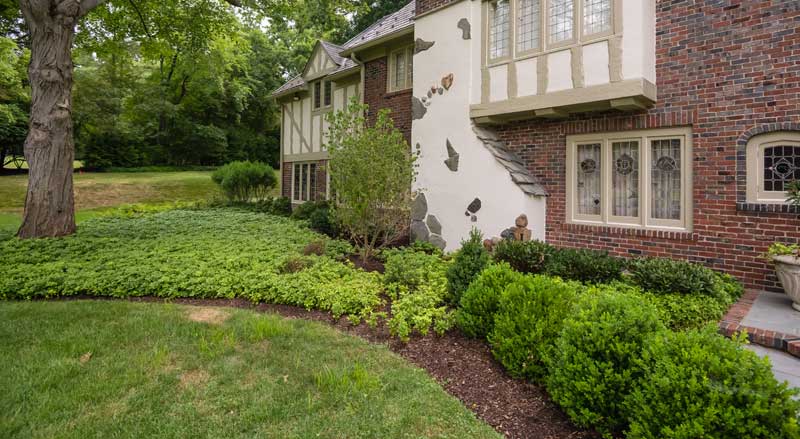
Elevating your surroundings with a blend of stones, paved areas, fences, trees, bushes, and plants can now be possible with the help of the right tips. Below is some information about how you can create a greenspace that can be your very own outdoor oasis.
Texture and Color-Inspired Emotional Contexts
Consider the psychological impact of the texture and hue choices in your garden. Dense foliage should be mixed with short leaves so they can rustle with the wind. Trimmed and compact shrubs are going to appear more uniform when seen from a distance.
Paving and concrete stones can complement the greenery surrounding the site. The trees can be overt and become a more dynamic addition, and brighter colors are going to be more alive and energetic. Neutral tones like deep browns and grays in the form of woodgrain tints can become calmer. Orange, red, and purple can stand out, so consider the effects of their contrasting hues.
Climate and Environment Matter

You might be dreaming of a space with palm trees and tropical plants, but they might not be a realistic choice if you live in a cold climate. Pick the flowers and plants that are ideal for your landscape/garden design ideas, and make sure that they are going to flourish in your location. If you want to have trees, make sure that their roots can expand.
Some roots can destroy the pipelines, so you might want to check for this before anything else. Proper drainage should also be a requirement. Check this by digging a hole and filling it with water. If this is going to drain completely after a day or two, then it’s going to be an ideal area with proper circulation where you can situate your landscape.
Plant Selection Ideas and Tips
Ornamentals have different requirements from trees and shrubs. You need to determine their ability to grow in specific site conditions, and this includes the hardiness zone, competition with the existing vegetation, obstructions, compaction, sunshade, and exposure to extreme temperatures. Resistance to diseases and insects can also be a factor when you want to plant ornamentals.
Fall colors, longevity, bloom colors, growth habits, spreads, and columnar, or pyramidal structures are also going to matter. Trees that can offer a small shade can include the trident maple, while the red maple cultivars and lacebark elms can give you medium shades.
Those who need a larger tree can go with the ginkgo and willow oak, while the elderberry and sweet pepperbush can be tolerant of moist soils. Dry soils are often ideal for deciduous trees like crabapple or shrubs in the form of chokeberries, while fir and American holly can be ideal for screening and hedges.
Hardscape Elements: Paths, Patios, and Decks

Paths offer a way to navigate through your landscape while adding structure and visual interest. Whether made of stone, gravel, or pavers, they can complement the surrounding vegetation and create a harmonious flow.
On the other hand, the patios are great for relaxation and entertainment. Select the right material that will set the tone and match the overall aesthetics of your décor. They can be in the form of modern concrete, rustic bricks, and elegant flagstones, which you can read about at this link: https://www.collinsdictionary.com/dictionary/english/flagstone.
Decks elevate your outdoor living experience by creating an extension of your home into nature. From traditional wooden types to composite materials that require less maintenance, there are endless options to suit your style and needs.
Integrating these hardscape elements thoughtfully into your landscape design can transform an ordinary yard into a stunning outdoor retreat that you’ll love spending time in.
Creating a Focal Point in Your Landscape
A stunning tree, ornate fountains with water, or a sculpture can become the centerpiece of your entire landscape. It’s going to be a visual anchor for everything that’s going on, creating a balance and cohesion in the process.
Whether you choose something grand or subtle, make sure it complements the overall style and theme of your outdoor area. You can also guide the attention of your guests to specific areas and create a more flowy sense of space throughout. Remember that simplicity is going to speak more volumes, and less is more, so go with minimalist designs if possible.
Maintaining Your Landscape Design
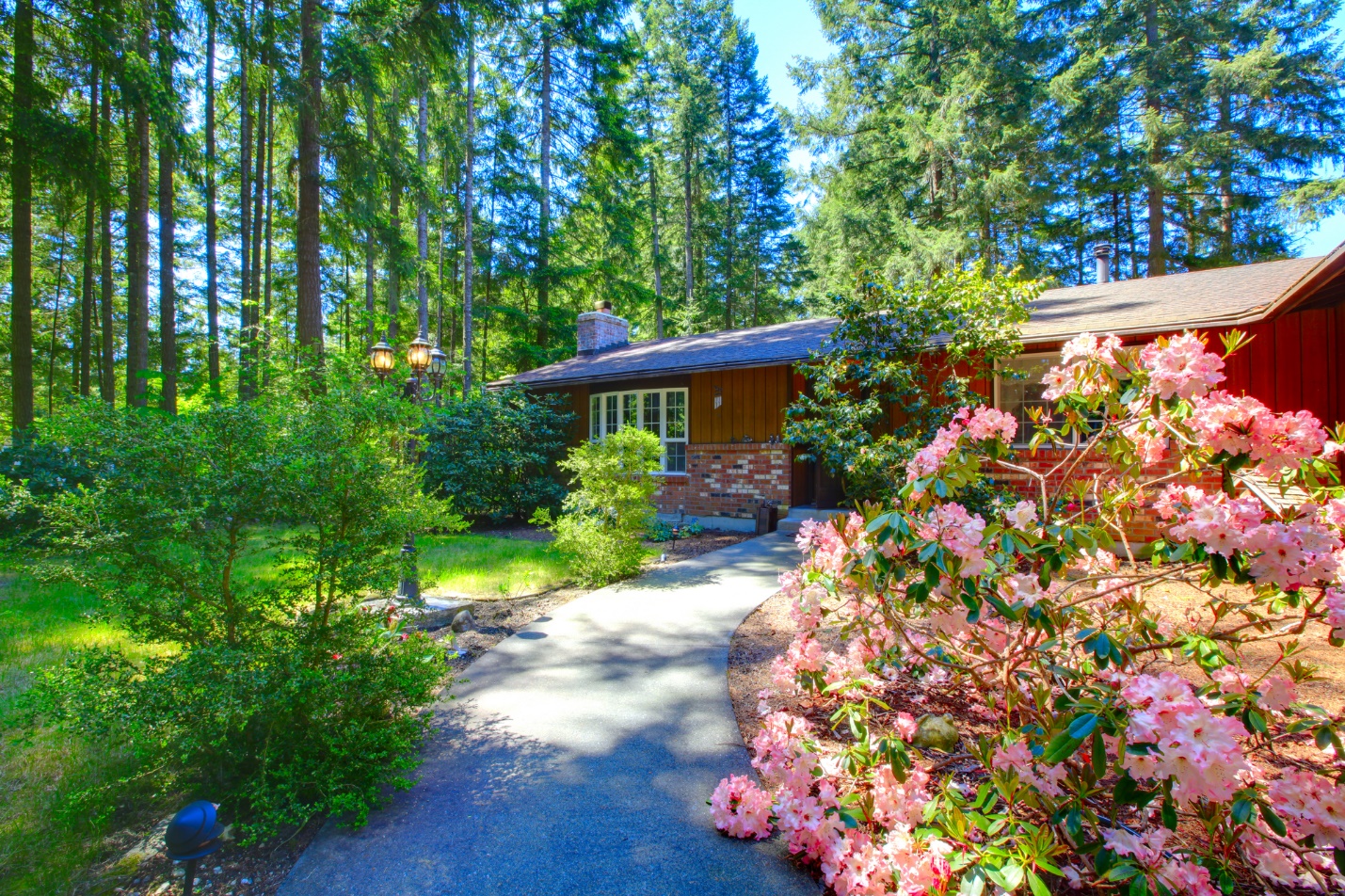
Keep an eye out for any signs of pests or diseases that could harm your garden and take prompt action to address them. It’s also important to regularly inspect hard-scape elements like paths, patios, and decks for any damage or wear and tear.
Don’t forget about maintaining the overall aesthetic appeal of your landscape by trimming overgrown plants, reshaping bushes, and cleaning up debris. Regularly mowing the lawn and edging borders can instantly enhance the look of your outdoor space.


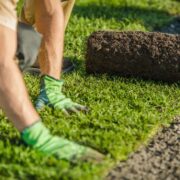
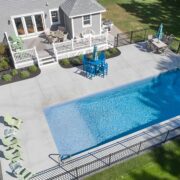



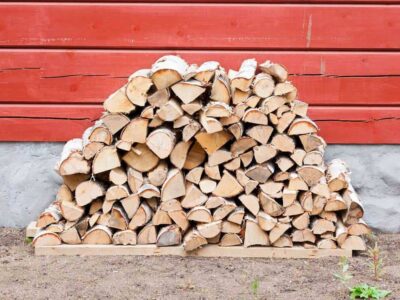
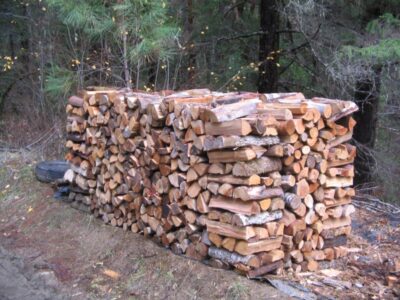
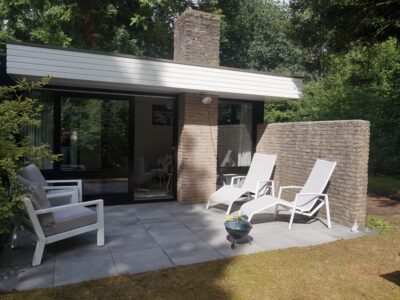
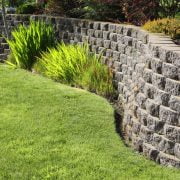
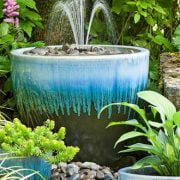
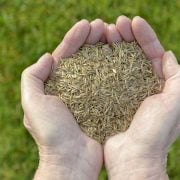

Comments